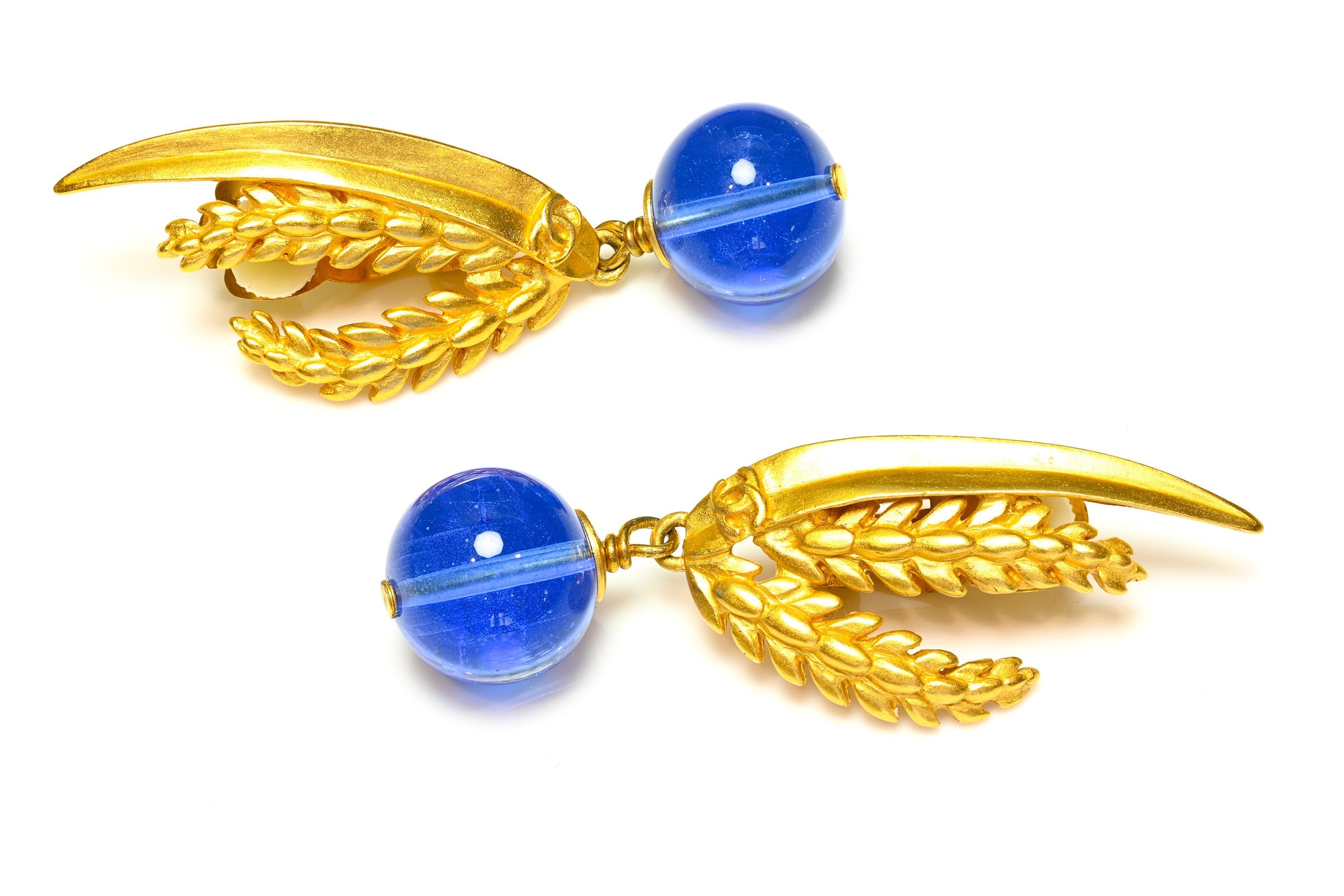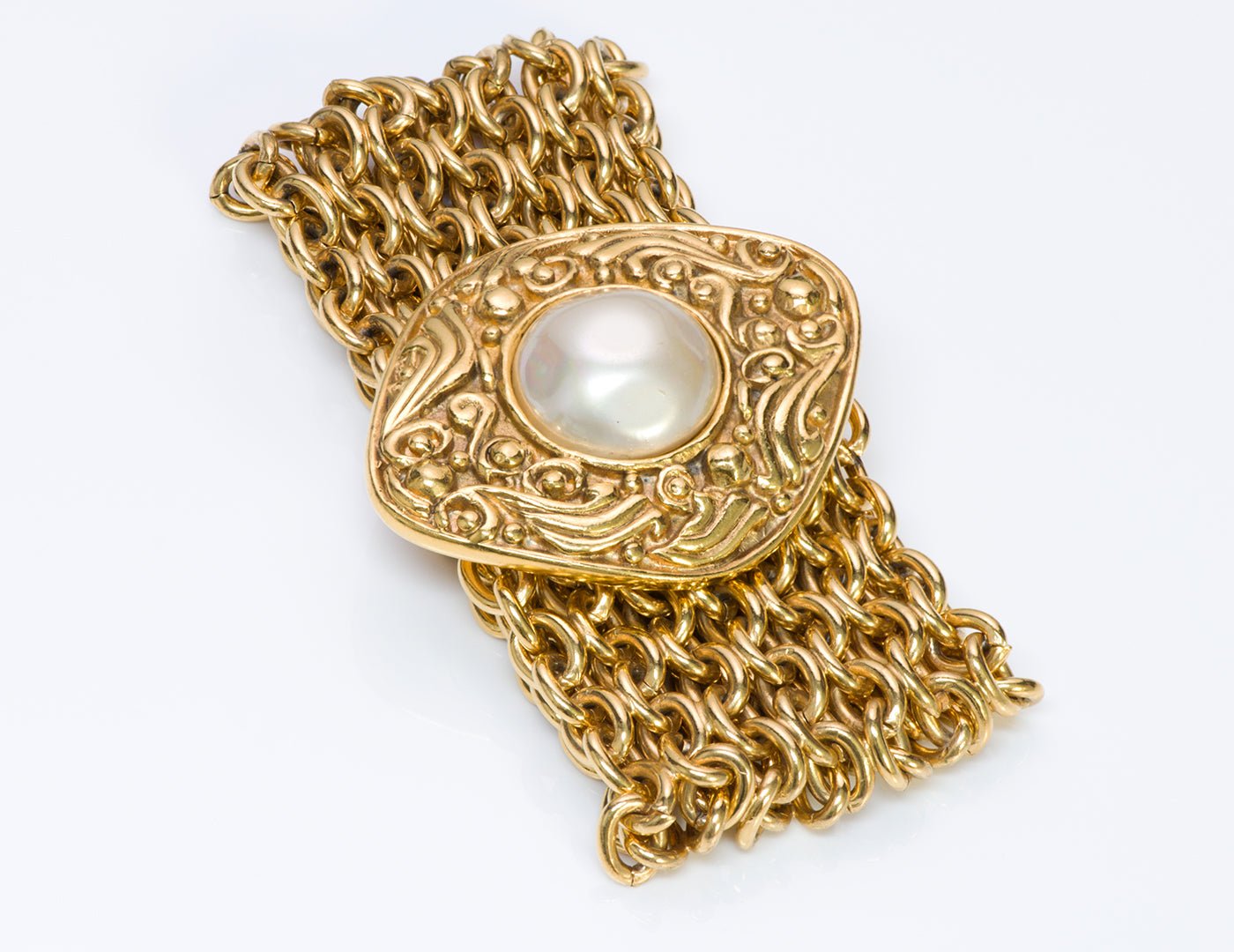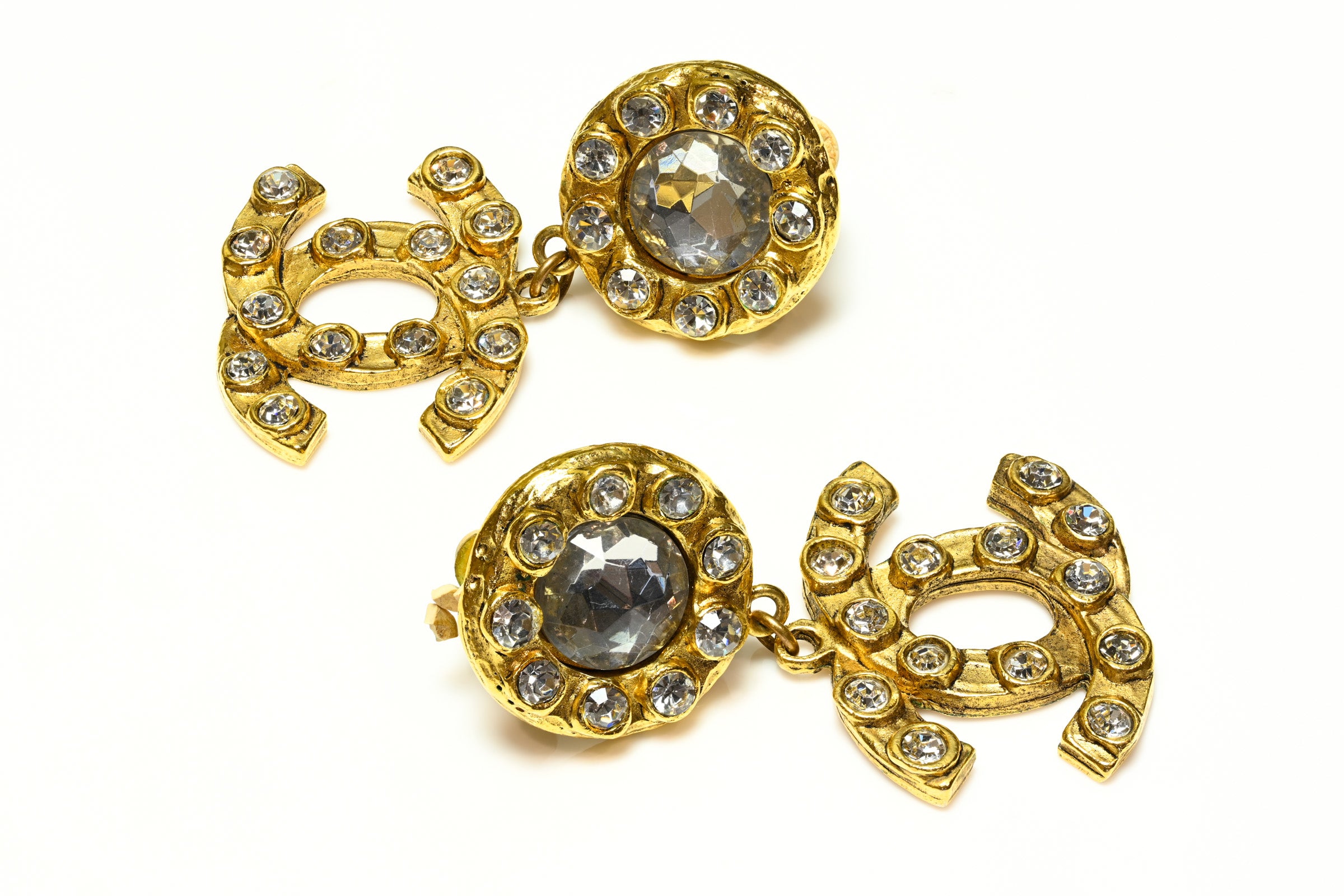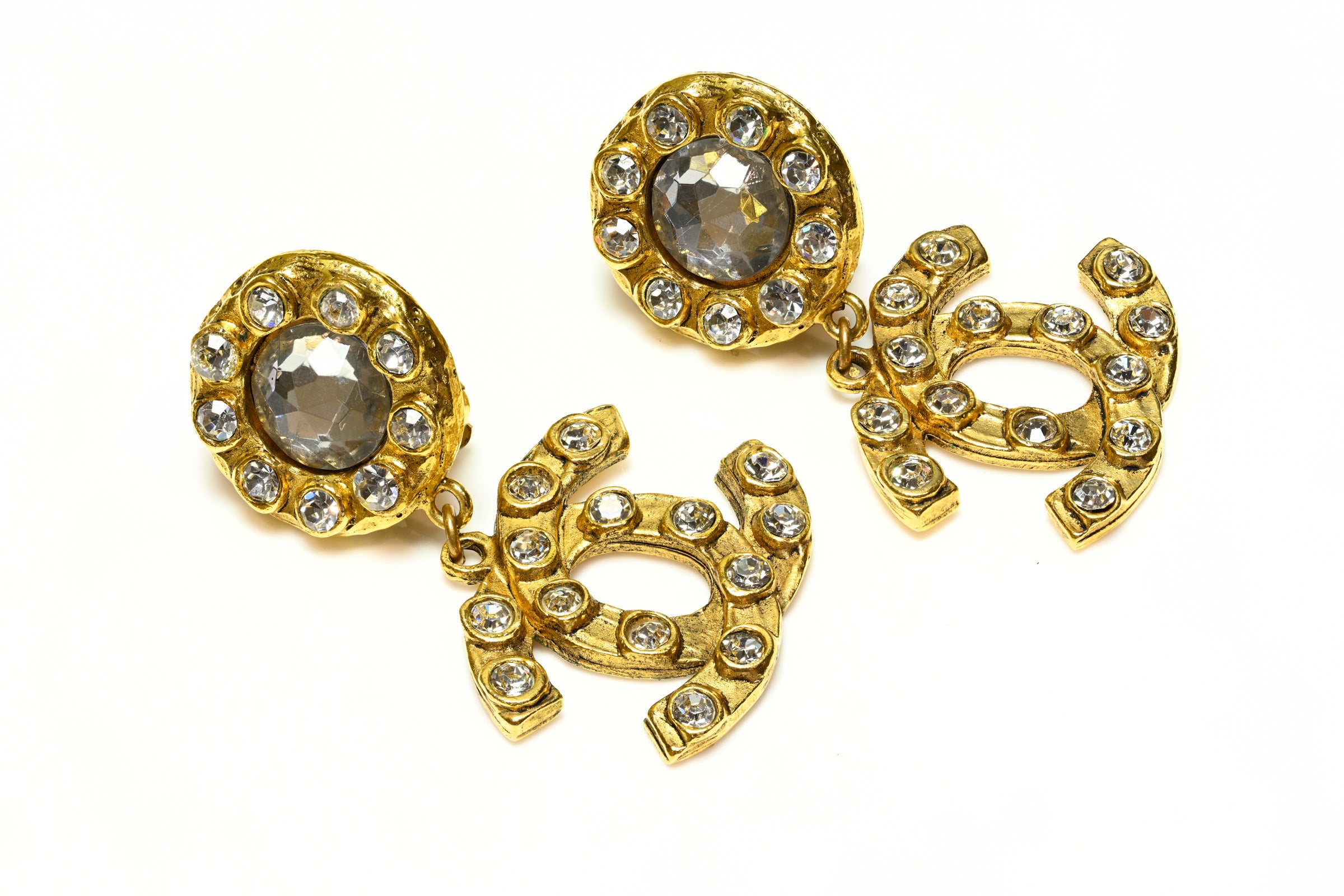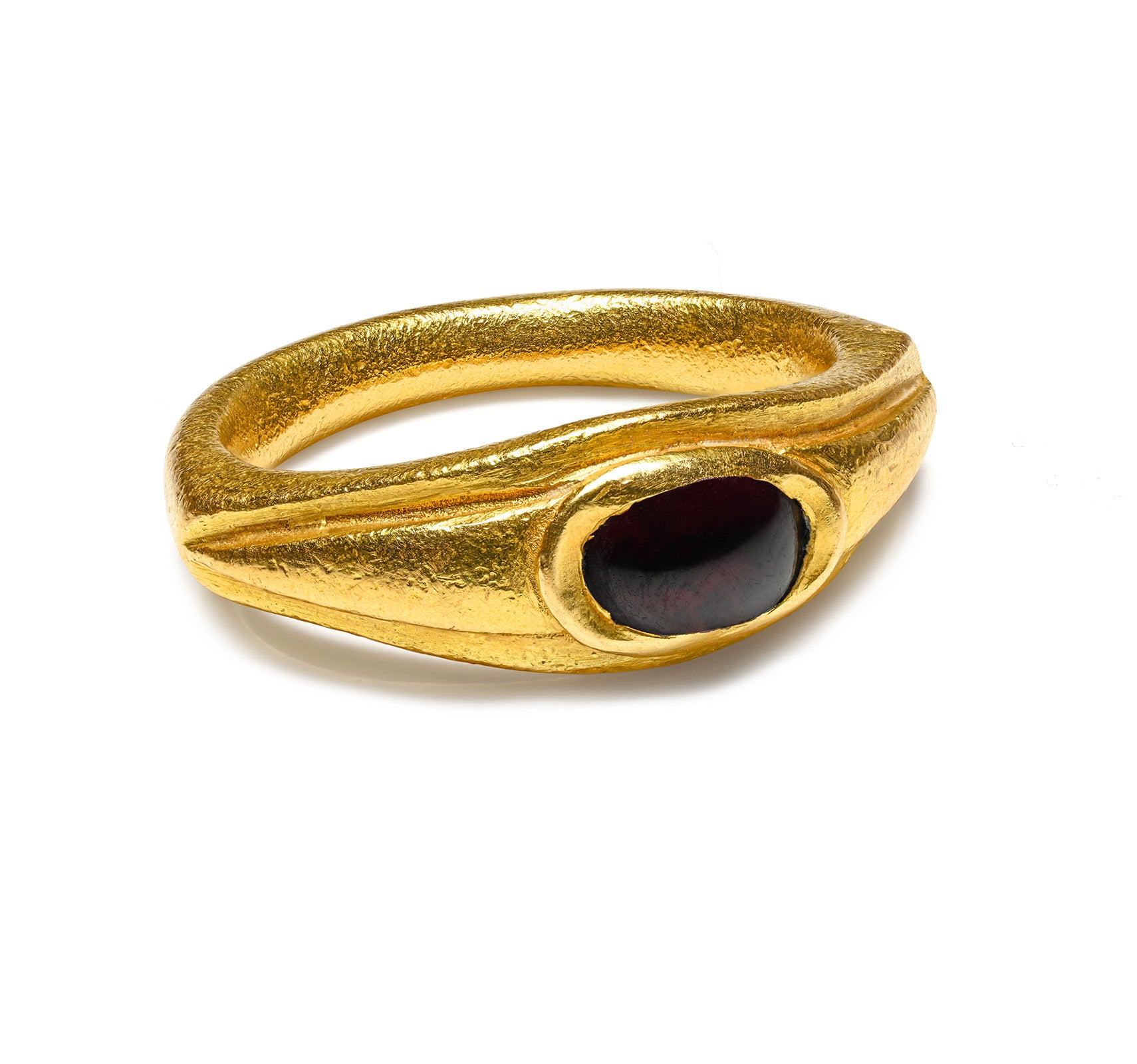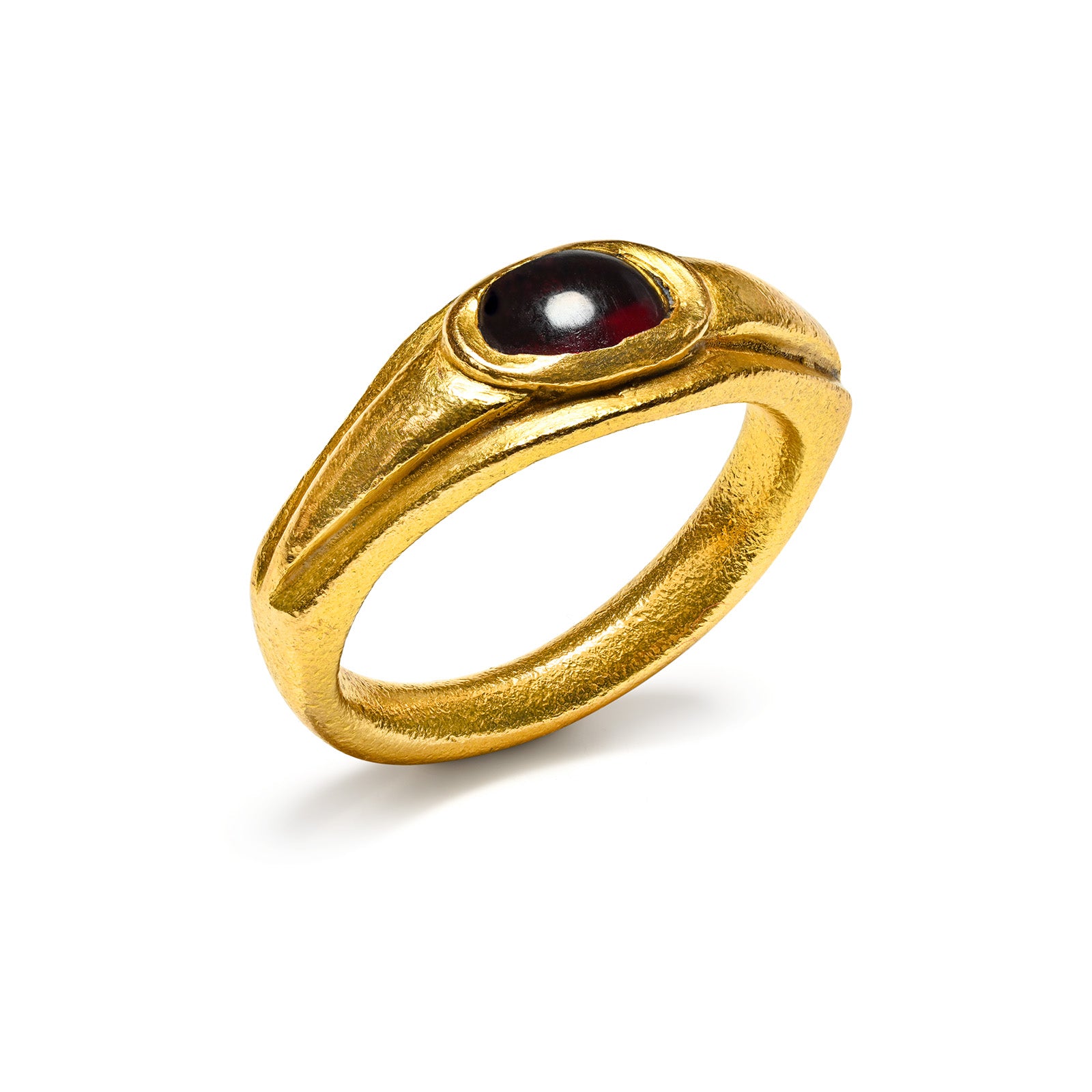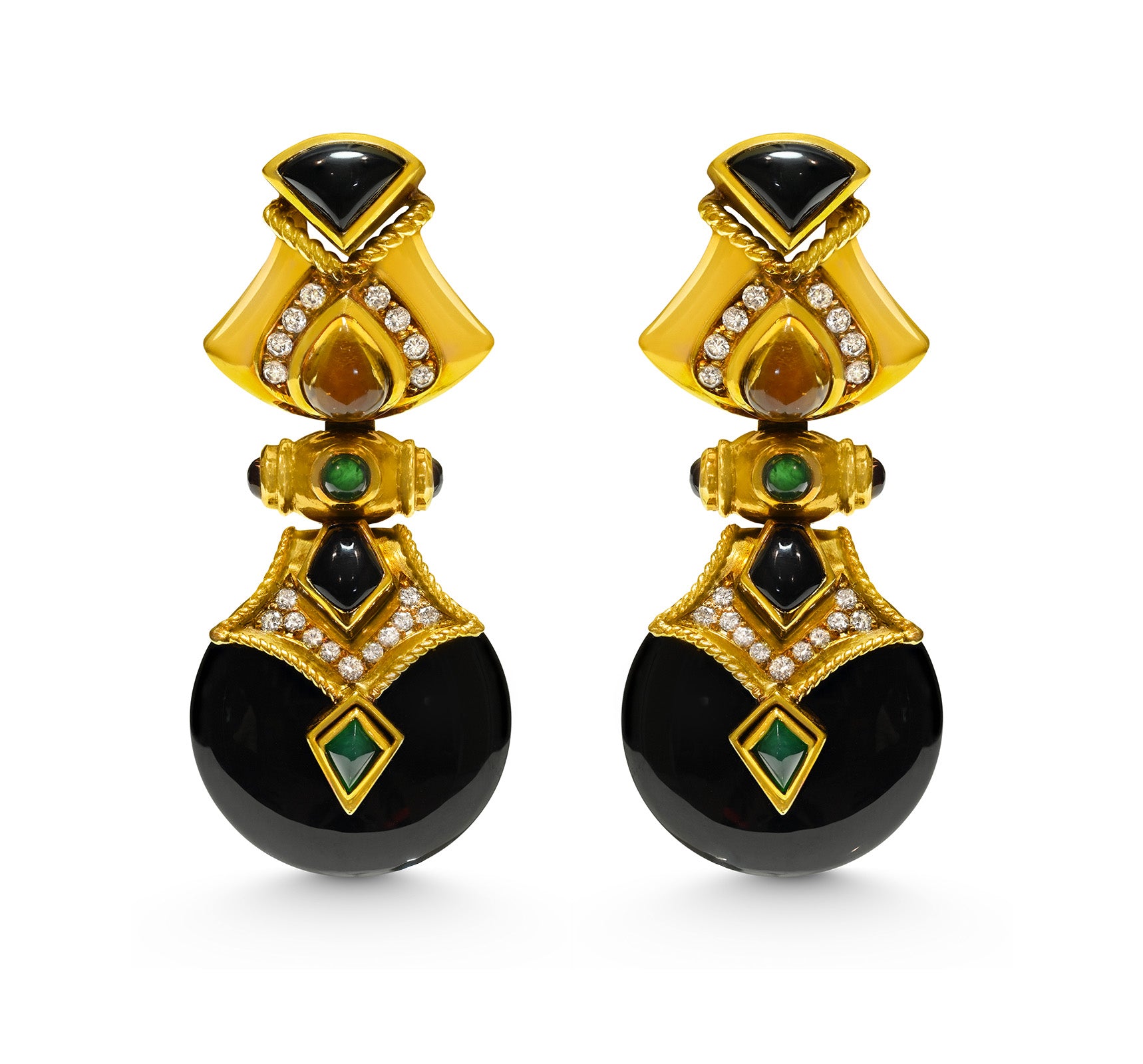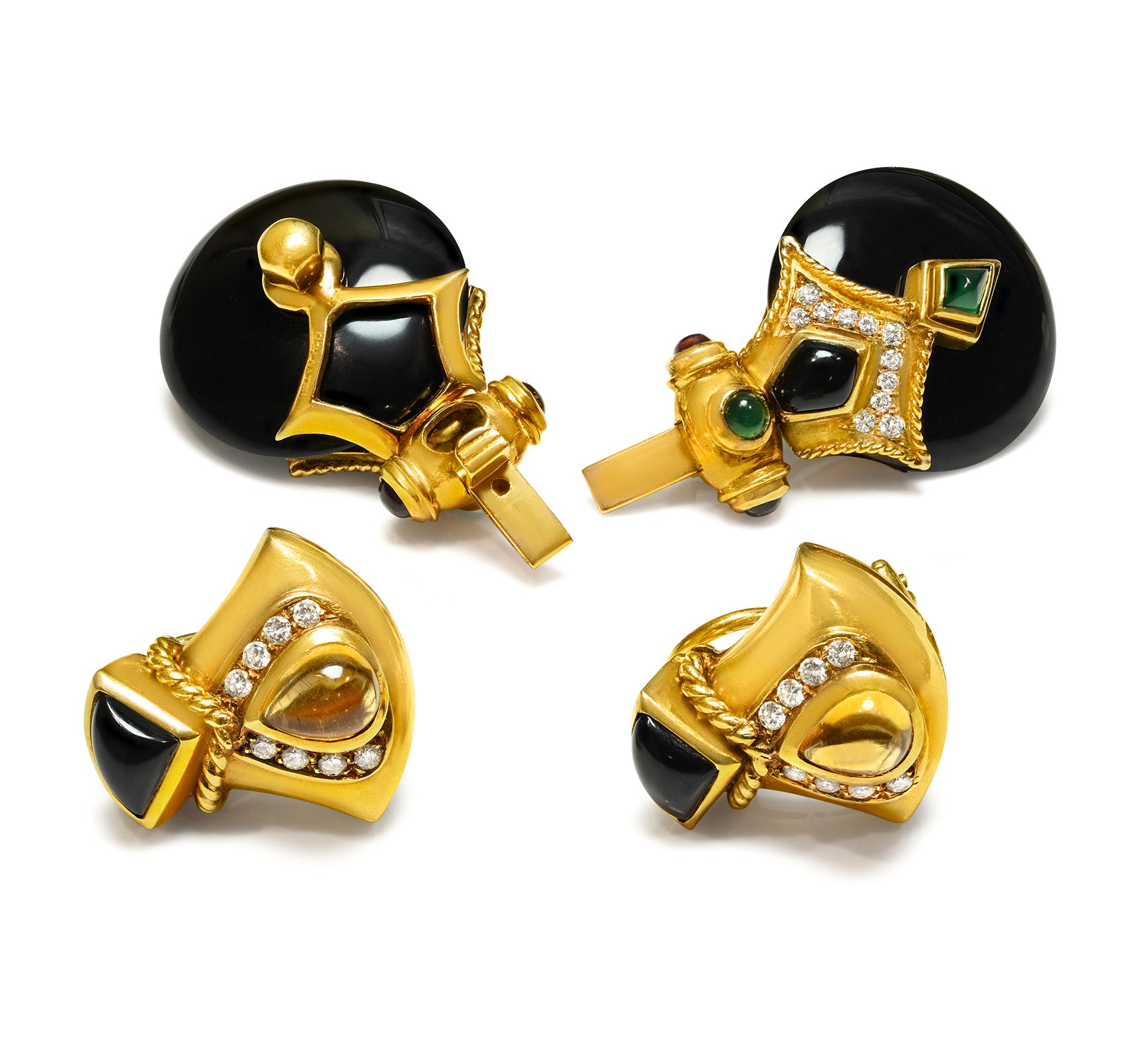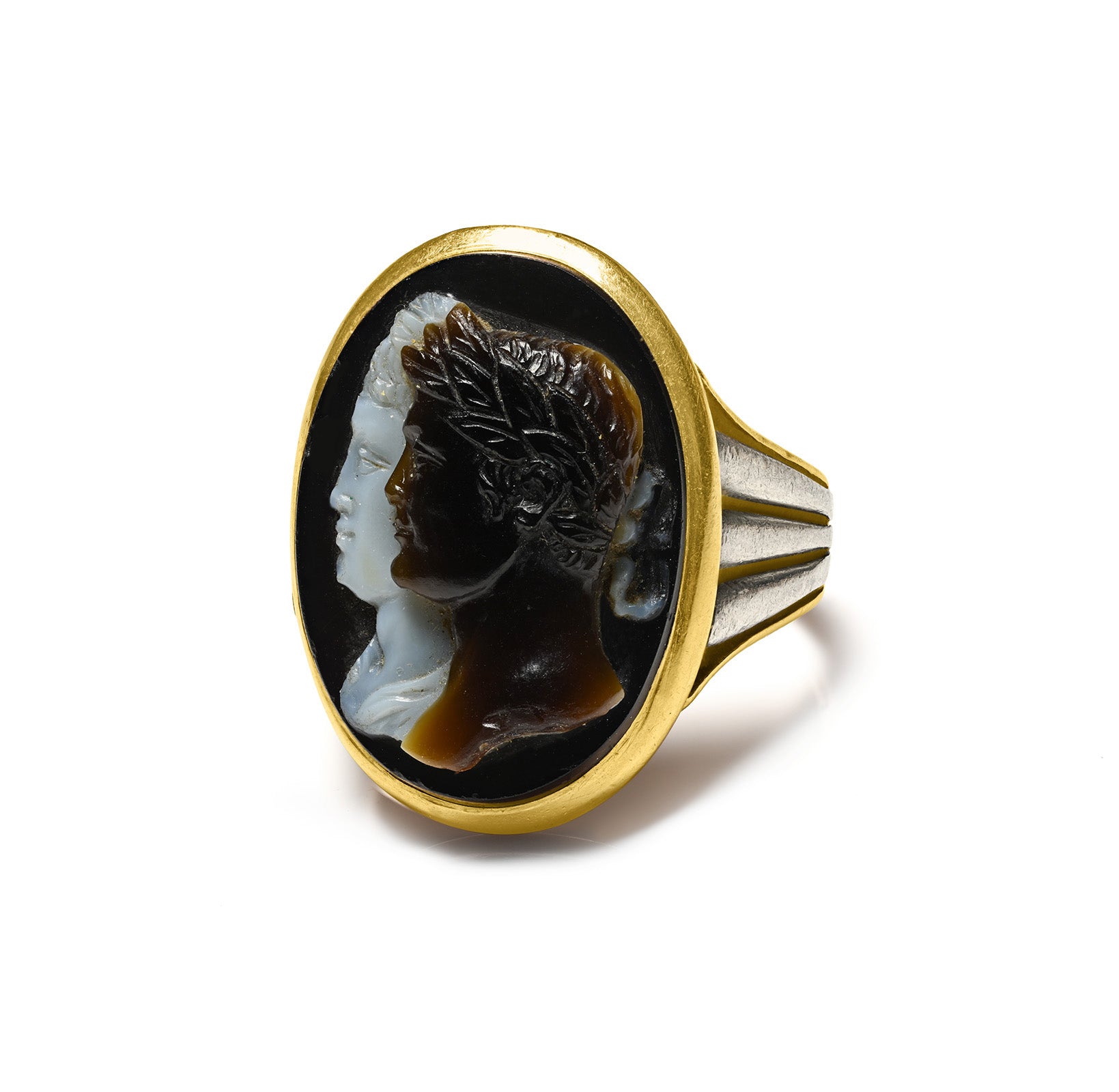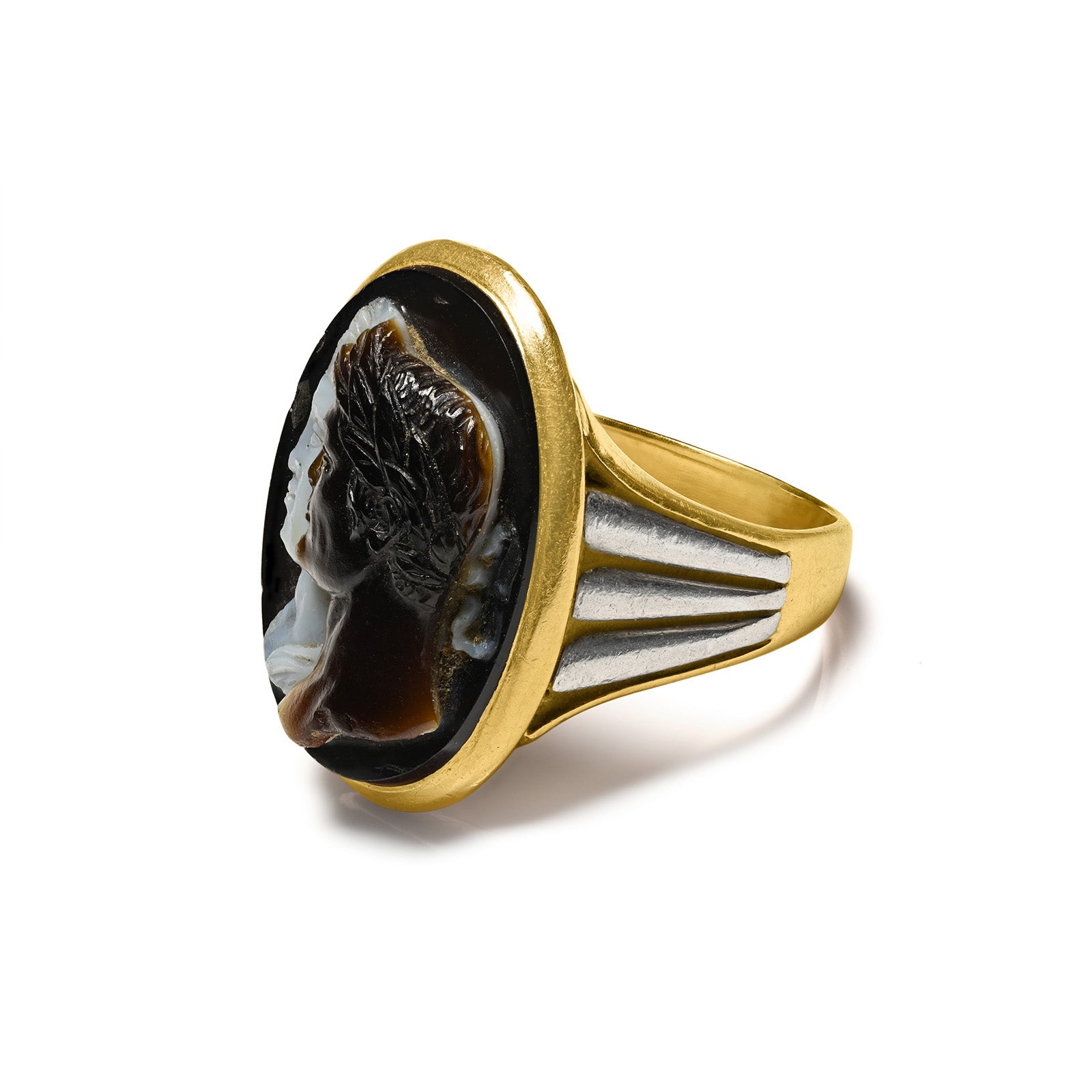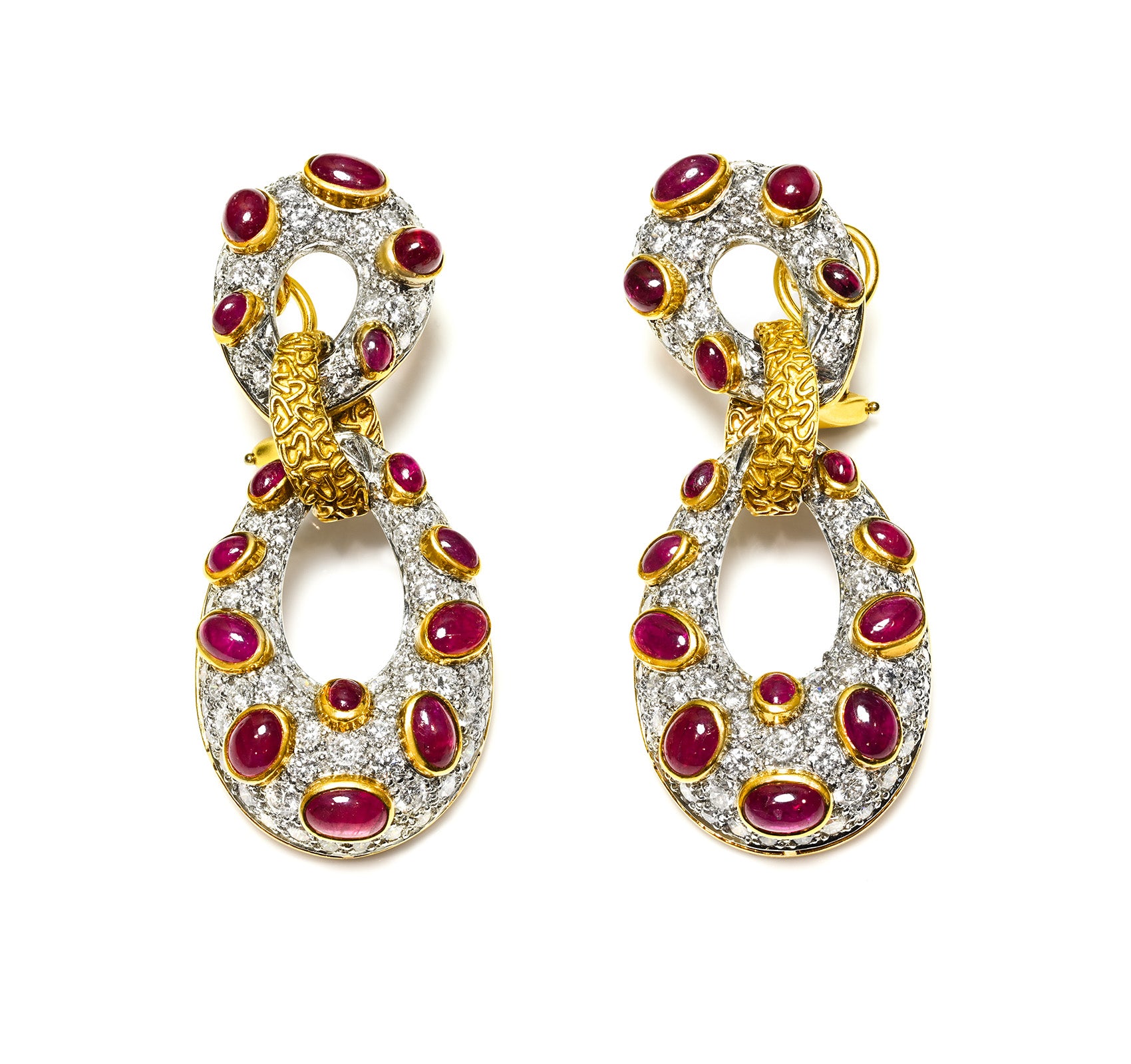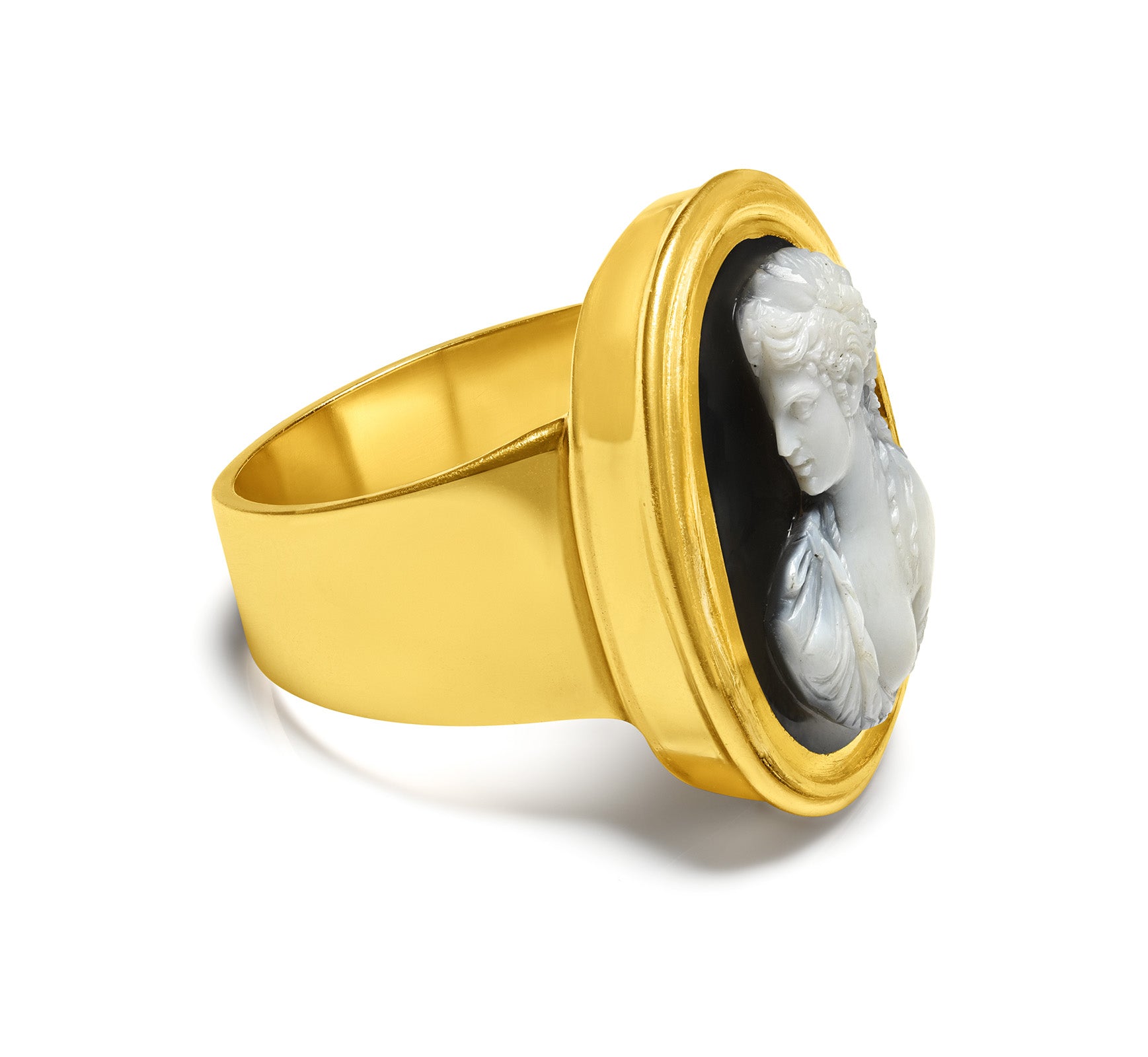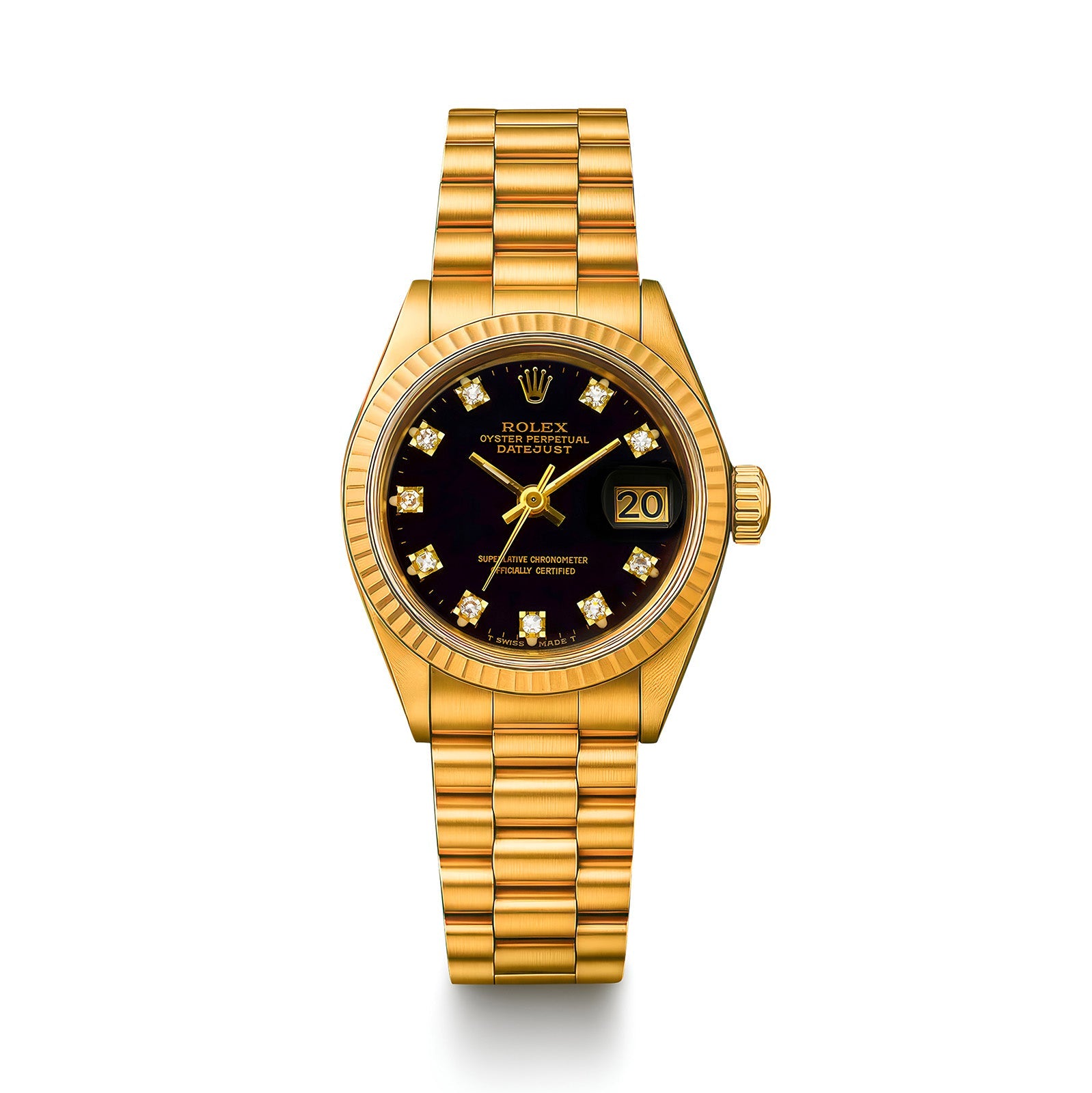
How to Care for Your Watch: Simple Tips
If you’ve recently purchased a watch or are considering buying one, congratulations—you’ve just stepped into a fascinating world of craftsmanship, precision, and personal expression. But owning a watch, especially a high-quality or vintage timepiece, comes with responsibilities that go beyond simply wearing it. Knowing how to care for your wristwatch can extend its life, preserve its value, and ensure it continues to look and function as beautifully as the day you got it.
Whether you’ve invested in a luxury Swiss-made mechanical watch or inherited a sentimental vintage piece, maintenance is essential. The good news? Not every issue requires a trip to the repair shop. Many common watch problems, such as light scratches or strap wear, can be handled at home with a few simple tools and a little patience.
Below, we’ll walk you through the basics of cleaning your wristwatch, removing scratches, and dealing with accidental water exposure. Think of this as your go-to guide for watch care, especially if you’re just getting started.
Removing Scratches from Your Watch Crystal
Few things are as disheartening as spotting a scratch on your watch’s crystal—especially if it's a recent addition to your collection. That once-pristine surface now catches the light in an unfortunate way. But don’t worry; depending on the type of crystal and the depth of the scratch, you may be able to fix it yourself.
First, it’s helpful to know what kind of crystal your watch has. Most modern watches use one of three materials:
-
Acrylic (plastic): Found on many vintage watches, this material is soft, affordable, and easily polishable.
-
Mineral glass: More resistant to scratches than acrylic but harder to polish at home.
-
Sapphire crystal: Extremely scratch-resistant but nearly impossible to polish without professional help.
If your watch has an acrylic crystal, you’re in luck. Light scratches can often be buffed out using common polishing compounds such as Polywatch, Displex, or even Brasso. Some watch owners have also successfully used non-gel toothpaste as a DIY alternative.
Here’s how to do it:
-
Prepare your workspace: Find a clean, flat surface with good lighting.
-
Protect your bezel: Use masking tape to cover the metal bezel surrounding the crystal to prevent accidental scratches during polishing.
-
Apply the polish: Squeeze a small amount of the polishing compound onto a soft microfiber or polishing cloth.
-
Buff in circular motions: Gently rub the cloth over the scratch using small, circular movements. Continue for 2–3 minutes.
-
Wipe clean and inspect: Use a clean section of your cloth to wipe off the excess and inspect your progress.
For deeper scratches, however, especially those that catch your fingernail, you’ll likely need to replace the crystal. In such cases, consider consulting a professional—particularly if you own a valuable or vintage wristwatch.
At DSF Antique Jewelry, you can explore a curated collection of vintage men’s watches, many with original crystals and mechanisms, perfect for collectors and connoisseurs alike.
What to Do If Your Watch Gets Wet
Even if your watch is labeled “water-resistant,” that doesn’t necessarily mean it’s waterproof. And if your timepiece is vintage, chances are its gaskets (the rubber seals that prevent water from entering the case) may have deteriorated over time. Water exposure is one of the most common causes of damage to watches, especially older ones.
What happens when water gets in?
If you see fog or condensation under the crystal, that’s usually a sign of moisture intrusion. This can occur after washing your hands, being caught in the rain, or even just from a humid environment if the seal is compromised.
Here’s what to do if you notice fog inside the crystal:
-
Let it dry naturally: If it’s only a small amount of moisture, place your watch in a warm, dry place. Avoid placing it directly under sunlight or near a heat source, which could damage delicate internal components.
-
Use desiccants: Placing the watch in a sealed bag with silica gel packets (like those found in shoeboxes) can help draw out the moisture more quickly.
-
Remove the case back (advanced users only): If you’re comfortable and your watch allows, you can remove the case back to let the internal components dry. Be extremely careful with this method, as it may void warranties or damage the mechanism if not done correctly.
If the fog doesn’t disappear after 24–48 hours, or if the watch stops working entirely, take it to a professional watchmaker as soon as possible. Water damage can escalate quickly, especially to the movement and dial, and early intervention may save the watch.
Tip: Never wear a vintage watch while swimming, showering, or even washing dishes. Even small splashes can be enough to breach an old gasket.
Looking to invest in a water-resistant vintage watch? Discover select pieces that have been professionally inspected at DSF Antique Jewelry's Vintage Watch Collection.
Daily Cleaning and Care Routine for Your Watch
A watch doesn’t just sit on your wrist looking pretty—it comes into contact with sweat, dirt, body oils, sunscreen, lotion, and pollution all day long. Without regular cleaning, these elements can build up and corrode metal, fade leather, and harbor bacteria.
Here’s a simple cleaning regimen you can do at home:
For Metal Bands (Stainless Steel, Gold, or Platinum):
-
Wipe it down daily: Before bedtime, take a clean microfiber cloth and gently wipe the inside of the band and around the case.
-
Weekly deep clean:
-
Remove the bracelet (if possible).
-
Dip a soft toothbrush into a mix of lukewarm water and a few drops of mild dish soap.
-
Gently scrub all around the band, especially in crevices.
-
Rinse with clean water and dry thoroughly with a lint-free cloth.
-
Optional: Spray a glass cleaner on a cloth (never directly on the watch), then wipe the crystal and metal parts for extra shine.
For Leather Straps:
Leather is sensitive to moisture and harsh chemicals, so never soak or scrub it.
-
Daily care: Wipe with a dry soft cloth to remove sweat and dirt.
-
Monthly conditioning: Use a leather cleaner or saddle soap to keep the strap supple and prevent cracking.
-
Avoid water: Remove the watch before activities that involve water or heavy perspiration.
Note: For exotic leather bands (like alligator or ostrich), it’s best to consult a specialist for appropriate care products.
Many of the fine timepieces at DSF Antique Jewelry come with original or replacement leather straps. Be sure to check care instructions for your specific model.
Additional Tips for Keeping Your Watch in Top Condition
-
Store it properly: When not wearing your watch, store it in a clean, dry place away from direct sunlight. A watch box or soft pouch helps prevent dust and accidental damage.
-
Avoid magnets: Magnetic fields from speakers, phones, and other electronics can interfere with your watch’s movement, especially if it's mechanical.
-
Service regularly: Like a car, a mechanical watch needs routine servicing. Every 3 to 5 years, take it to a certified watchmaker to clean and lubricate the movement.
If you are a fan of luxury watches or are thinking about collecting them, keeping them clean and functional is essential—not just for aesthetic reasons, but for maintaining their long-term value.
Final Thoughts
Watches are more than accessories—they’re intricate machines that often carry personal, historical, or monetary value. Whether your timepiece is a rugged tool watch, an elegant dress piece, or a vintage treasure, it deserves proper care.
Learning to clean, protect, and occasionally fix your watch not only extends its lifespan but also deepens your appreciation for the art of horology. And as you become more familiar with your watch, you may find that taking care of it is just as rewarding as wearing it.
Ready to explore or expand your collection? Browse exquisite vintage and estate timepieces at DSF Antique Jewelry – Men’s Watches and discover craftsmanship that stands the test of time.


